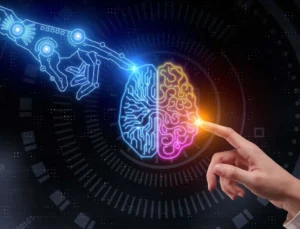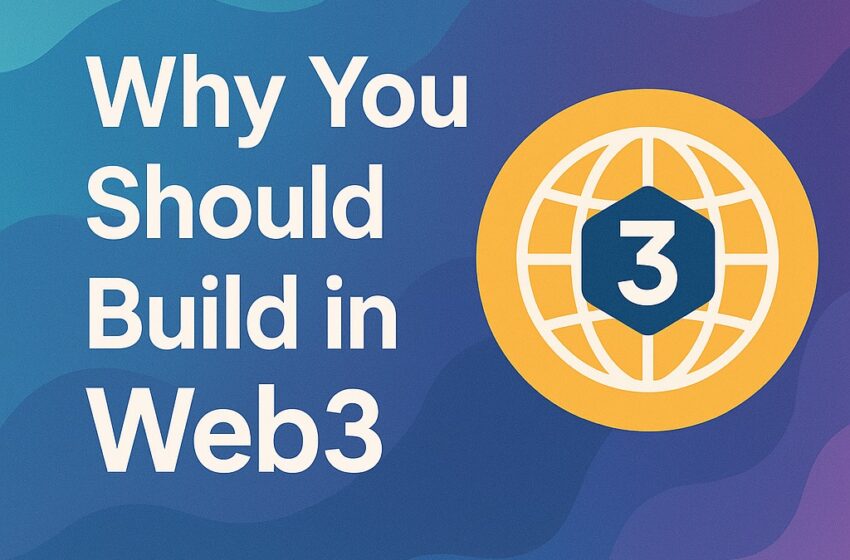How Tech Giants Rose to Power
The dominant platforms of the Web 2.0 era—Google, Facebook, YouTube, and Amazon—built their empires by centralizing and monetizing user data. Their success hinged on collecting vast amounts of information to deliver hyper-personalized experiences and targeted advertising.
However, this model came with a cost. In Web 2.0, users willingly hand over their data to intermediaries in exchange for convenience. Once submitted, they lose control over how that data is used, stored, or even shared.
Even after deleting an account, users have little assurance that their information is erased. Data breaches and privacy scandals have only reinforced one unsettling truth—user attention and personal data are the true currencies of the Web 2.0 economy.
Tech giants became powerful by locking in user data and leveraging it for commercial gain, leaving individuals with no real ownership or control. In contrast, Web3 introduces a paradigm shift—one that redistributes ownership, data sovereignty, and value back to users.
A Better Way Forward: Enter Web3
Web3 reimagines the digital landscape by replacing centralized control with open, decentralized platforms built on blockchain technology. Instead of exploiting user data for profit, Web3 empowers users to own their data, digital assets, and content—creating a more equitable and transparent online ecosystem.
Often called the “creator economy”, Web3’s decentralized architecture ensures that users, not intermediaries, retain control of their information and creations. It emphasizes shared value creation, where users and developers benefit collectively from participation.
Unlike Web2, where access and innovation were tightly controlled, Web3 lowers the barriers to entry—allowing anyone, anywhere, to build, contribute, and own a piece of the internet’s next generation.
Data Portability: Freedom by Design
In Web3, digital assets and data are stored on public blockchains rather than private company servers. This means that data is portable, and users can seamlessly move between platforms without losing ownership of their assets or history.
This interoperability not only gives users autonomy but also encourages healthy competition among platforms. Services must now continuously innovate to retain users—no more monopolistic lock-ins or data silos that restrict user freedom.
Interoperability: A Catalyst for Innovation
Web3’s interoperability fosters a connected ecosystem where digital assets and identities can function across multiple platforms. This unlocks entirely new possibilities for user experience and innovation.
For example, when LooksRare entered the NFT marketplace, it successfully challenged industry leader OpenSea by generating over $307 million in protocol revenue within its first month—thanks to a “vampire attack” strategy that incentivized users to migrate from OpenSea.
Such cases highlight how Web3’s open infrastructure enables fair competition, user choice, and greater value creation across the digital economy.
Trust and Transparency Built Into the System
Unlike Web2, where users must trust intermediaries, Web3 operates on trustless blockchain protocols—where transparency and verification are built in.
Ownership records, transactions, and digital assets are all stored on immutable public ledgers, ensuring visibility and authenticity. Smart contracts further enhance this trust by automating rules, payments, and royalties without the need for middlemen.
For instance, an artist selling NFTs can guarantee buyers the authenticity and scarcity of their work—since every edition is verifiable on the blockchain.
Empowering the Next Generation of Entrepreneurs
Web3 dramatically levels the playing field for emerging creators and entrepreneurs. Anyone can build or plug into existing decentralized networks without permission from gatekeepers or tech giants.
However, accessibility doesn’t eliminate the need for quality. To succeed, builders still need to design products that solve real-world problems. Once validated, these products can scale quickly by leveraging the network effects of the Web3 ecosystem.
Challenges: Security and Accessibility
While promising, Web3 is still evolving. Its open nature has also given rise to scams, hacks, and fraudulent schemes, particularly targeting inexperienced users.
Many current Web3 applications are still tailored for tech-savvy early adopters rather than the general public. For mass adoption, the industry must prioritize user-friendly design, education, and robust security measures to ensure trust and inclusivity.
Turning Users Into Stakeholders
Web3’s greatest strength lies in its ability to transform users into active participants rather than passive consumers. By owning digital assets or tokens, users gain both emotional and financial stakes in the success of a platform.
This shared ownership creates strong community-driven engagement. Take SushiSwap, for instance—a decentralized exchange that forked from Uniswap. By rewarding users for participation and governance, SushiSwap rapidly built a loyal community and strong brand presence.
This model exemplifies how Web3 can create a fairer, more collaborative, and value-driven internet—one where innovation and ownership go hand in hand.
Conclusion
Web3 represents more than a technological evolution—it’s a philosophical shift toward a decentralized, transparent, and user-empowered digital world.
By redistributing control and ownership, Web3 unlocks vast opportunities for creators, entrepreneurs, and users alike. Whether you’re an investor, a startup, or a tech visionary, the time to explore Web3 is now.
At Rekordist Fintech, our Web3 Center of Excellence specializes in helping innovators transform their ideas into scalable decentralized solutions. From blockchain strategy to product implementation, our experts can guide you through every step of your Web3 journey.
Get in touch today for a free consultation—and take the first step toward building your future in Web3.




